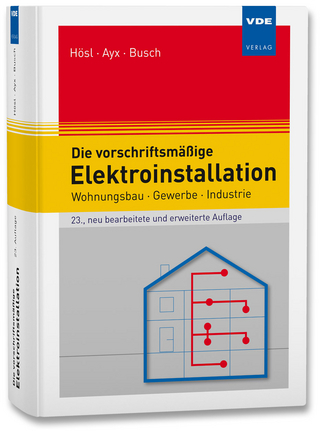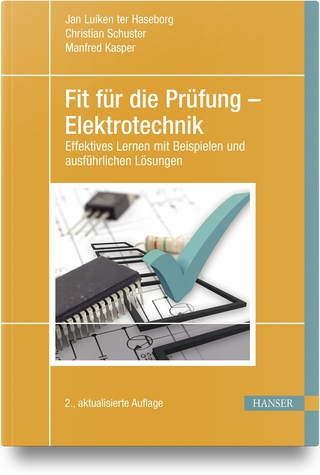
The Microwave Debate
Seiten
1987
|
New edition
MIT Press (Verlag)
978-0-262-69117-8 (ISBN)
MIT Press (Verlag)
978-0-262-69117-8 (ISBN)
- Titel ist leider vergriffen;
keine Neuauflage - Artikel merken
In this book, Nicholas Steneck takes an objective look at the multifaceted and still unresolved debate involving government, the public, and industry over the safety and use of microwaves and radio-frequency radiation.
In recent years, as the sources of microwave and radiofrequency radiation have proliferated, there have been recurrent suggestions that exposure to such radiation can cause harmful physical effects. Antennas, powerlines, ovens, color TVs, VDTs, radar, and the RF sealers used in many industries all pose threats--or do they?This book presents the first balanced and well-documented analysis of the microwave debate. It begins in the 1930s, when scientific research concentrated on the therapeutic, thermal aspects of radiofrequency radiation, and covers first the mainly military interest in the debate about athermal effects through the 1960s, and then the years of public controversy when environmental and consumer activists joined the fray. Recent aspects of the story such as the political fallout of a "leaky" television set, the still-unexplained irradiation of the U.S. Embassy in Moscow, and the continuing controversies about the siting of satellite communication antennas are all examined.In pursuing this multifaceted story to its current unresolved state, Steneck explores in detail the parts played by government, scientists, the mass media, the courts, and the public. His analysis exposes the underlying interplay of science and values that has governed the evolution of the debate over microwave radiation. Unless we confront these value issues directly, he argues, we will never be able to create generally acceptable approaches to exploring questions of public concern that involve science and technology.
In recent years, as the sources of microwave and radiofrequency radiation have proliferated, there have been recurrent suggestions that exposure to such radiation can cause harmful physical effects. Antennas, powerlines, ovens, color TVs, VDTs, radar, and the RF sealers used in many industries all pose threats--or do they?This book presents the first balanced and well-documented analysis of the microwave debate. It begins in the 1930s, when scientific research concentrated on the therapeutic, thermal aspects of radiofrequency radiation, and covers first the mainly military interest in the debate about athermal effects through the 1960s, and then the years of public controversy when environmental and consumer activists joined the fray. Recent aspects of the story such as the political fallout of a "leaky" television set, the still-unexplained irradiation of the U.S. Embassy in Moscow, and the continuing controversies about the siting of satellite communication antennas are all examined.In pursuing this multifaceted story to its current unresolved state, Steneck explores in detail the parts played by government, scientists, the mass media, the courts, and the public. His analysis exposes the underlying interplay of science and values that has governed the evolution of the debate over microwave radiation. Unless we confront these value issues directly, he argues, we will never be able to create generally acceptable approaches to exploring questions of public concern that involve science and technology.
| Erscheint lt. Verlag | 2.9.1987 |
|---|---|
| Verlagsort | Cambridge, Mass. |
| Sprache | englisch |
| Maße | 152 x 229 mm |
| Gewicht | 454 g |
| Themenwelt | Technik ► Elektrotechnik / Energietechnik |
| ISBN-10 | 0-262-69117-5 / 0262691175 |
| ISBN-13 | 978-0-262-69117-8 / 9780262691178 |
| Zustand | Neuware |
| Haben Sie eine Frage zum Produkt? |
Mehr entdecken
aus dem Bereich
aus dem Bereich


